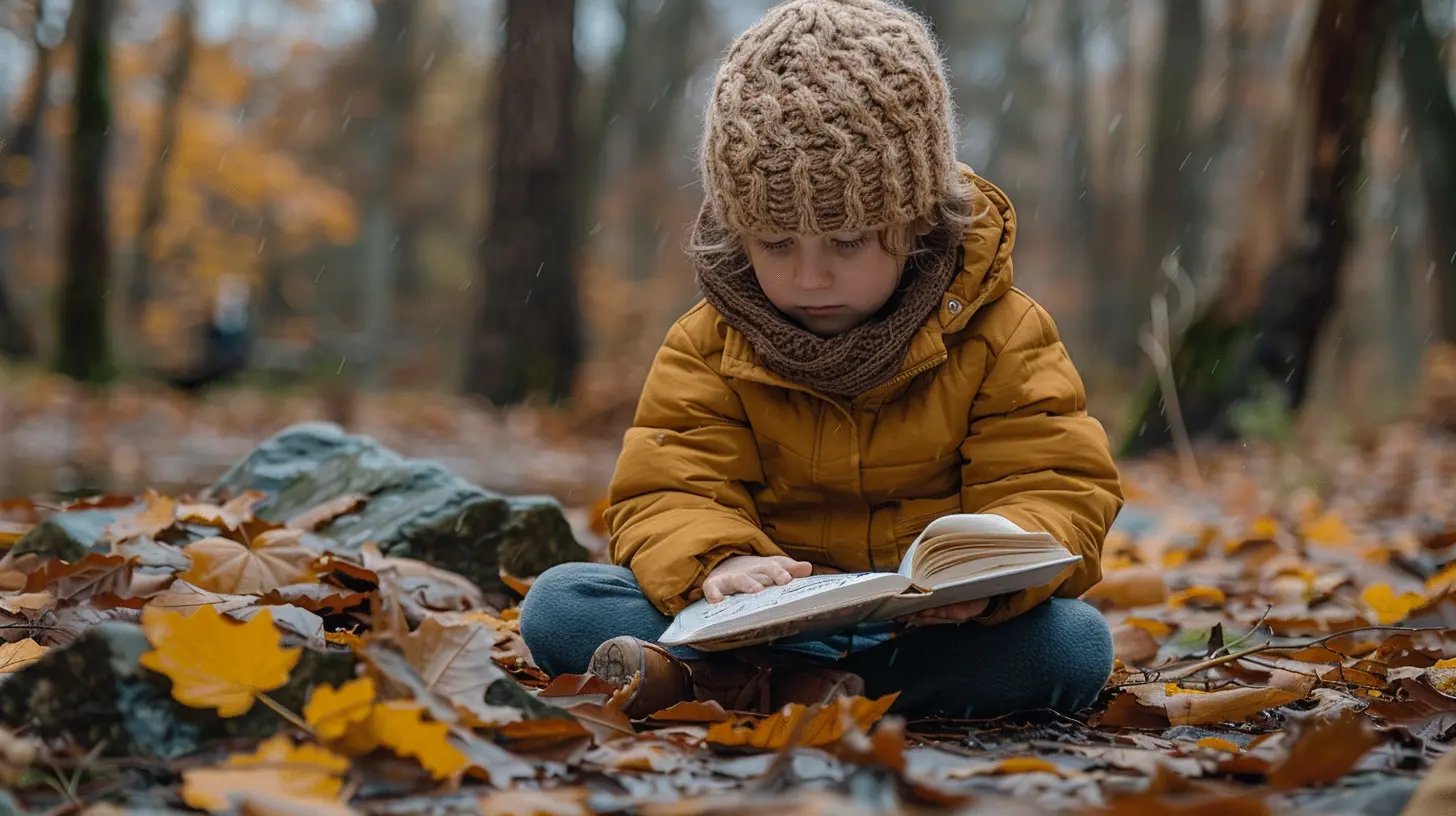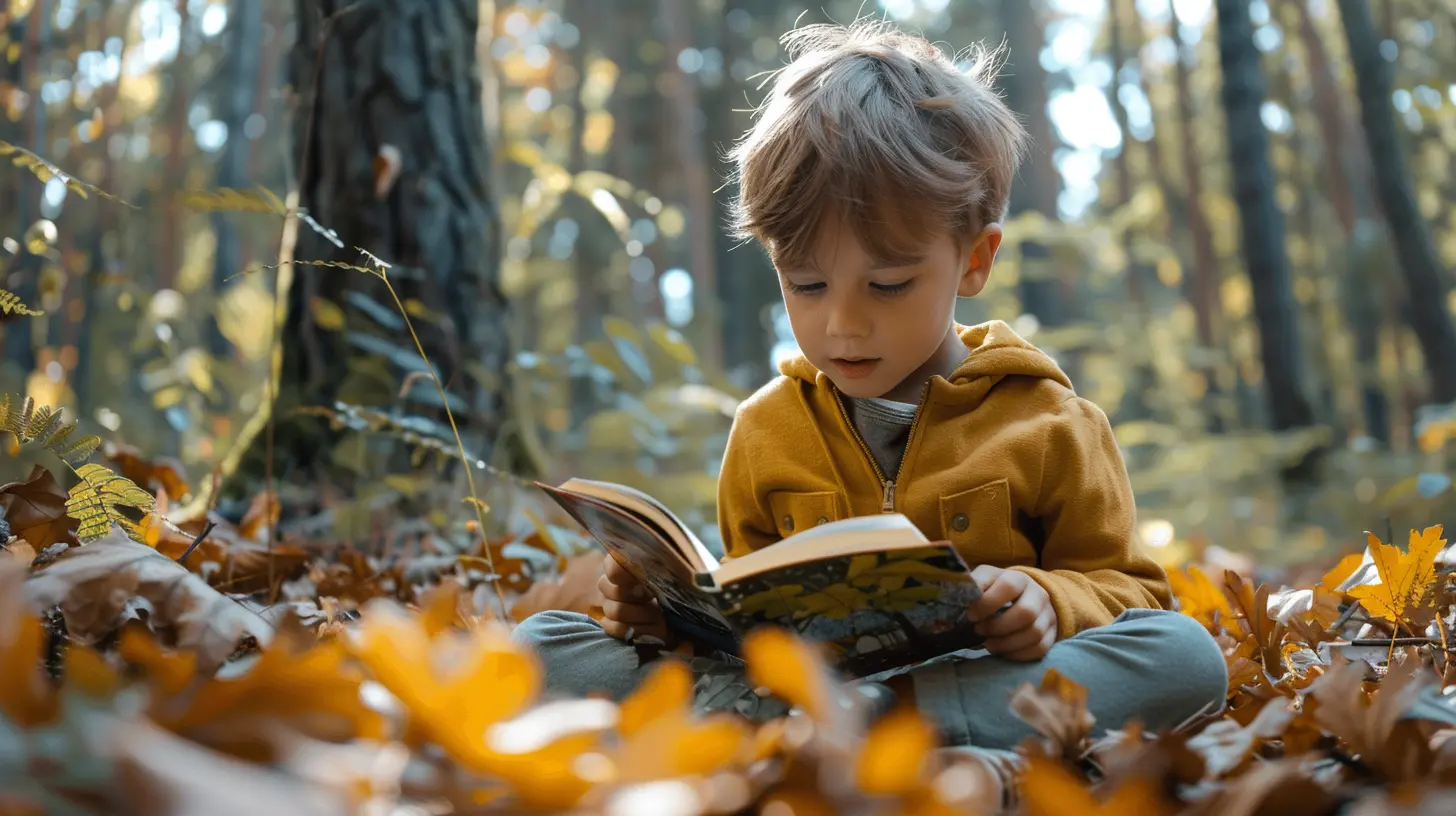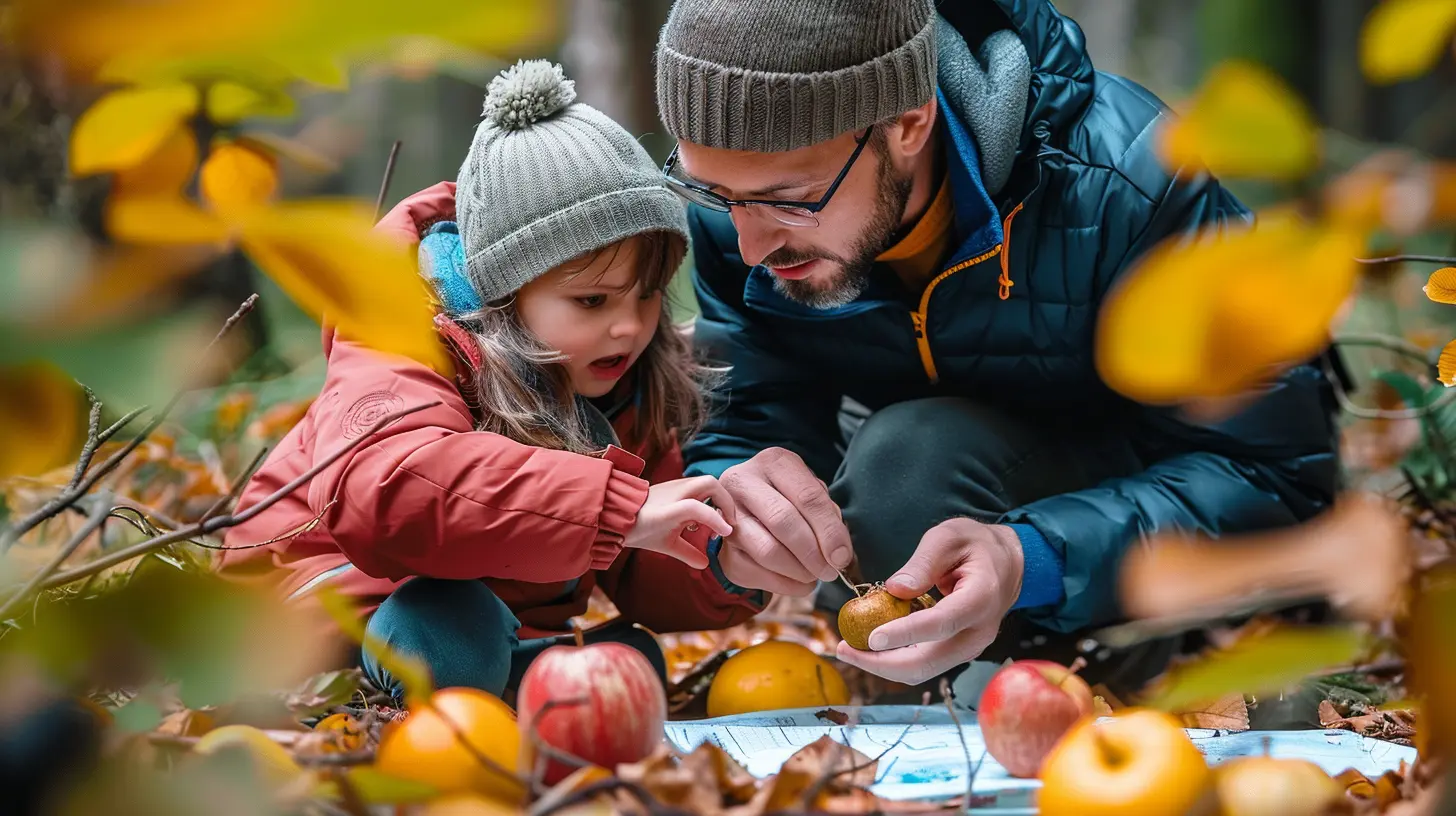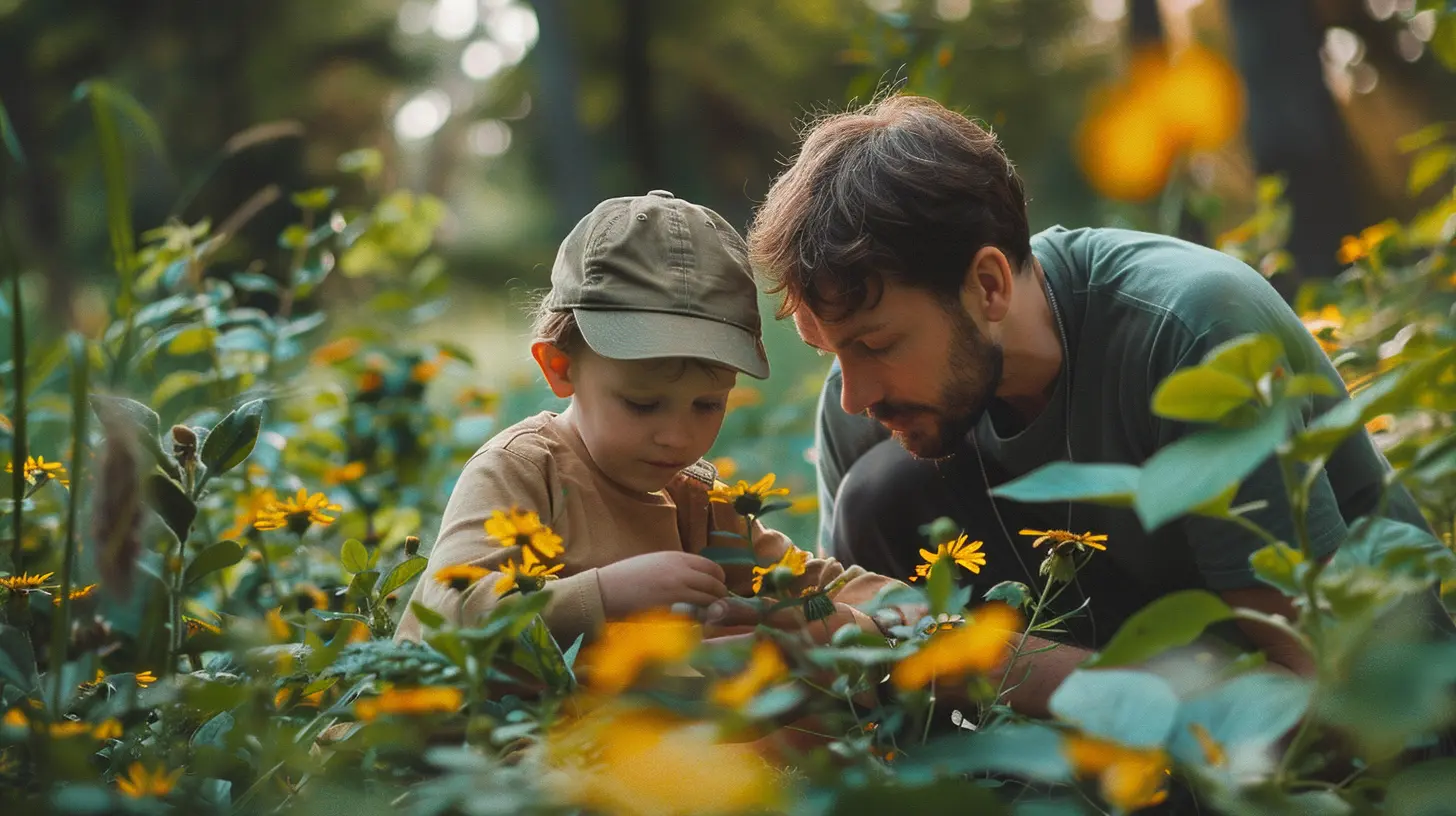Combining Nature and Learning: Outdoor Homeschooling Ideas
25 November 2025
Let’s be honest—learning inside four walls every day can get a little boring, for both kids and parents. If you're feeling the itch for something more exciting, more hands-on, and—most importantly—more fun, you’re not alone. Homeschooling doesn’t have to be confined to the kitchen table or a makeshift desk in the dining room. Nature offers one of the richest classrooms on Earth. So why not take your homeschool outdoors?
In this article, we’re going to dig into creative, practical, and engaging outdoor homeschooling ideas that combine education and nature in a way that keeps things fresh and exciting for everyone involved. Whether you're based in a bustling suburb or the quiet countryside, there are outdoor learning opportunities all around you. Let’s grab those backpacks, pack a few snacks, and step outside into the world of outdoor homeschooling!
Why Outdoor Homeschooling?
Before we dive into specific ideas, it's important to understand why stepping outside for school is a game-changer. Nature has this magical way of making learning feel less like a chore and more like an adventure. Kids thrive in environments where they can move, touch, explore, and ask “why?” a hundred times.Here are just a few perks of outdoor education:
- Engagement Boost: Kids are naturally curious about the world. Outdoors, every leaf, insect, or rock has a story to tell.
- Physical Activity: Learning while moving helps improve focus, memory, and overall health.
- Sensory Enrichment: Nature stimulates all five senses—smell flowers, hear birds sing, feel the texture of tree bark.
- Mental Health: Fresh air and natural light have been shown to reduce stress and increase happiness.
Now that we’ve seen the “why,” let’s talk about the “how.”
Set the Stage: Your Outdoor Learning Space
First off, you don’t need a giant backyard or a forest to make outdoor learning work. Your options can be as simple or elaborate as you want. The key is to create a space that’s welcoming, safe, and free from major distractions.Here are a few places where you can set your outdoor classroom:
- Backyard or Garden: Set up a picnic table or a blanket under a shady tree.
- Local Parks: These can provide both open spaces and interesting ecosystems.
- Nature Trails and Forests: Great for hikes, science lessons, and mind-body connection activities.
- Beaches or Lakesides: Perfect for geology, biology, and relaxation.
- Rooftop Gardens or Porches: Even a small urban space can become a learning haven.
Pro tip? Always keep a “go-bag” with outdoor essentials—bug spray, sunscreen, water, notebooks, and pens.
Nature-Based Subjects and Activities
Let’s break down some classic school subjects and brainstorm how they can come to life in the great outdoors.1. Science in the Wild
Nothing beats the outdoors for hands-on science learning.- Nature Walk Journals: Bring a notebook and encourage kids to draw or write about what they see—bugs, leaves, animal tracks, cloud shapes.
- Mini Ecosystem Projects: Create a terrarium or observe a nearby stream to study habitats.
- Plant Biology: Start a garden and study photosynthesis in real-time.
- Weather Watching: Track daily temperatures, cloud formations, rainfall—turn it into a colorful chart.
- Bug Investigations: Safely catch and release insects while learning about their habitats and roles.
Science becomes so much more meaningful when kids can see, touch, and interact with their subject matter.
2. Math in Nature
Believe it or not, numbers are everywhere when you start looking.- Measuring Trees or Shadows: Use rulers or tape measures to find height and width. Learn about geometry by measuring angles.
- Leaf or Rock Sorting: Teach counting, graphing, and patterns with what you find on the ground.
- Nature Scavenger Hunts: Create checklists with clues involving numbers, sizes, and shapes.
- Estimation Games: Estimate how many steps it takes to cross a field, then verify it.
- Time Experiments: Use sundials or shadows to talk about time, angles, and movement of the Earth.
3. Reading and Writing Outdoors
Books and fresh air go together like marshmallows and campfires.- Read-Aloud Circle: Bring favorite books outside and turn reading time into storytime in the grass.
- Creative Writing Prompts: Have your child write a story inspired by what they see—a day in the life of a squirrel, perhaps?
- Poetry Under the Sky: Encourage kids to write haikus or descriptive poems using what they see, hear, and feel.
- Word Hunts: Challenge younger kids to find or spell words using objects in nature (e.g., finding something that starts with 'B').
4. History and Geography on the Move
History doesn’t have to be stuck in a textbook.- Historical Landmark Visits: Turn field trips into rich educational experiences. Research the site before and after the trip.
- Time Travel Walks: Pretend you're exploring the area as someone from the past, and write about the experience.
- Map It Out: Teach map-reading and compass skills. Let kids draw their own maps of local trails or backyard setups.
- Geography Games: Use natural features to explain landforms—valleys, hills, rivers, plains.
5. Art and Music Inspired by Nature
Let creativity bloom with nature as the muse.- Nature Collages: Collect leaves, petals, twigs, and turn them into beautiful compositions.
- Rock Painting: Great for motor skills and outdoor decoration.
- Sound Walks: Ask kids to note down all the different sounds they hear on a walk and turn it into a musical composition or rhythm game.
- Sketching Outdoors: Bring sketchbooks and let them draw landscapes, animals, or imaginative scenes.
- DIY Instruments: Use natural elements like sticks and stones to create rhythms and beats.
Outdoor Homeschool Routines and Schedules
You might be wondering—how do I actually structure a day outdoors?Here’s a sample day to get your gears turning:
- 9:00 AM – Morning Circle Outdoors: Share intentions, weather updates, or a short mindfulness activity.
- 9:30 AM – Nature Walk with Science Journaling
- 10:15 AM – Math with Natural Objects
- 11:00 AM – Snack and Free Play
- 11:30 AM – Reading Time or Outdoor Storytelling
- 12:00 PM – Lunch Picnic
- 1:00 PM – Art or Music Project
- 2:00 PM – Quiet Reflection, Journaling, Pack Up
Of course, you're the boss of your homeschool, so feel free to keep it flexible. Some days might be all about exploring, and other days might include structured lessons. The beauty is in the balance.
Helpful Tips to Make It Work
Getting started with outdoor homeschooling might feel a bit overwhelming. But don’t worry—I’ve got your back with some practical tips.- Dress Right: Comfort is key. Pack layers and weather-appropriate clothing.
- Stay Safe: Know the local plants and insects. Teach basic outdoor safety.
- Be Flexible: Not every day will go as planned. Rainy days? Time for puddle science or story-telling under a fort!
- Keep It Simple: Every trip outside doesn’t need to be a full-blown lesson plan. Sometimes the best learning comes unplanned.
- Reflect and Record: Keeping a learning journal (for both you and your child) helps track progress and memories.
Building Community Through Outdoor Learning
Just because you’re homeschooling outdoors doesn’t mean you have to go it alone. Nature makes a great meeting ground for co-ops or homeschool groups. Organize group field trips, nature clubs, or science fairs in the park. You’ll be surprised how many like-minded families you’ll find once you start connecting.Plus, learning with others enhances social skills, teamwork, and adds a whole new layer of excitement.
Long-Term Benefits You'll See
Outdoor homeschooling doesn’t just support academics—it nurtures the whole child. Kids who regularly learn in nature often develop:- A stronger sense of independence
- Improved focus and mental clarity
- Deep empathy and care for the environment
- Physical agility and fitness
- Curiosity and critical thinking
In the end, you're not just teaching them how to pass a test. You're teaching them how to see the world more clearly, how to appreciate its wonders, and how to find their place in it.
Final Thoughts
Combining nature and learning through outdoor homeschooling is like giving your child a passport to the world itself. It's flexible, inspiring, and boundless. And the best part? It's also really fun.So the next time you're feeling boxed in by worksheets or textbooks, just look out the window. Your next lesson plan could be waving in the wind, buzzing on a flower, or rustling under a pile of autumn leaves.
Let nature lead the way—you’ll both be better for it.
all images in this post were generated using AI tools
Category:
HomeschoolingAuthor:

Eva Barker

